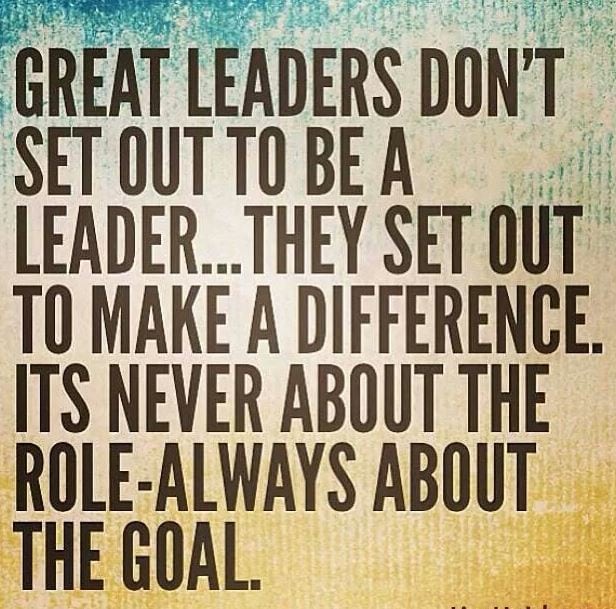
The Problem of the Half-Caste (1934)
September 12, 2016
A Tear in the Soul by Amanda Webster (review)
November 13, 2016Did that get your attention?
We are a country that still celebrates Australia Day. Australia prides itself on its all-inclusive ideals and multiculturalism; however, none of those ideals apply to the Aboriginal people of Australia. Captain Cook is no friend of Aboriginal people.
Since the invasion of Australia, there has been a long drawn out ethnic cleansing.
This is genocidal.
gen·o·cide – ˈjenəˌsīd – noun:
the deliberate killing of a large group of people, especially those of a particular ethnic group or nation.
synonyms: mass murder, massacre
In the early days, the ‘Aboriginal problem‘ was taken care of with disease, poison and guns. Policies were ratified, police dispatched, men neck chained, leaders imprisoned, children rounded up and institutionalised. All with the purpose of removing people from their land. It didn’t matter whether those people were armed, unarmed, elderly, women or children. Getting the land, the driver of the economy was the priority. Still is. According to the government of the day and the ‘experts’, Australia’s Aboriginal people were dying out anyway. We were just ‘smoothing the dying pillow’.
Aboriginal people who were able to survive the slaughters, diseases, internment, starvation and institutions were rounded up and pushed into reserves and ‘missions’.
I wish I could say Australia has recognised its fault in attempting to wipe out an entire ethnic group. I wish I could say that compensation has been made to ensure that Aboriginal people have the best education, medical care, housing and work opportunities in the country. I wish I could say that as a whole Australia’s first people are thriving. None of that rings true generations after the Union Jack was first raised on this island.
Australia has changed since early days, but not nearly enough. I am forever hopeful but at times I sense that it won’t change.
Constitutional recognition is now on the table for a decision. Now is the moment people can choose to listen to that roar of Aboriginal people’s voices, to recognise that they are people, they belong here and their cause is valid.
So far the mainstream media has largely chosen silence in reference to Aboriginal Treaty and Sovereignty. It seems the half-truths and non-truths of political leaders from the past make better news than any moral leadership. Much has been done to try and silence the voices for change. Of the mainstream coverage that has emerged sparingly, most has portrayed them as oddities, radicals and extremists. What do you call former Prime Ministers who are well passed their used by date? Am I dreaming to think we have the maturity to consider treaty?
Some may be offended – by my suggestion Australia hates – and feel like this doesn’t represent them. Turning a blind eye perpetuates the notion that Aboriginal people aren’t human, don’t belong here and should cease to exist altogether.
The current racial ignorance and institutional deafness has created an environment where it is acceptable to speak of “reverse racism”, and the notion that anything that is named specifically of, for and by Aboriginal people is somehow racist. It is bizarre to even consider Aboriginal people have the power and ability to become racist in a society where whiteness is the dominant paradigm. The fact is that in a country where white privilege is the norm, any attempt to overcome this, any modest effort to level the playing field by validating the place of Aboriginal people is branded as unfair and exclusionary to whites.
Perhaps American anti-racism activist, writer and educator Tim Wise says it best. He spoke some truths within the broader context of whites never believing that racial inequality today is a problem. Yet, Aboriginal people, for successive generations, have correctly identified the problem of racism. Wise says, “It’s not because white folks are insensitive, or hard-hearted, let alone stupid, but it is that those of us who are white have the luxury of not knowing black and brown truth.”
He continues:
“We don’t know because we don’t have to know. We are not tested on it. If I don’t know what people of colour experience, what happens to me in this country? Virtually nothing. But if people of colour don’t know my reality, if people of colour don’t know white reality better than white folks have to know it, if they cannot regurgitate it to us better than we would ever be able to regurgitate it to ourselves, all hell breaks loose. So people of colour are going to have to know white history, white literature, white art, white theatre, white poetry, white drama. I know we don’t call it that. That’s sort of the point.”
There is a difference between “whiteness” as opposed to “white.”
Whiteness refers to the construction of the white race, white culture, and the system of privileges and advantages afforded to white people in Australia (and across the globe) through government policies, media portrayal, decision-making power within our corporations, schools, judicial systems. In other words, the idea is to look at whiteness as a social construct and challenge it. De-construct it.
At a time when many whites feel aggrieved and discriminated against — and place their faith and hopes in white ideologues such as Bolt, Hanson and Howard — they hope to restore Australia to its original, white greatness, presumably when Aboriginal people were invisible and unheard. Aboriginal people demand to have their humanity reflected and their history told, these are the conversations that we must have. Australia must own up to its inherent racism and find ways to address and eradicate it.



